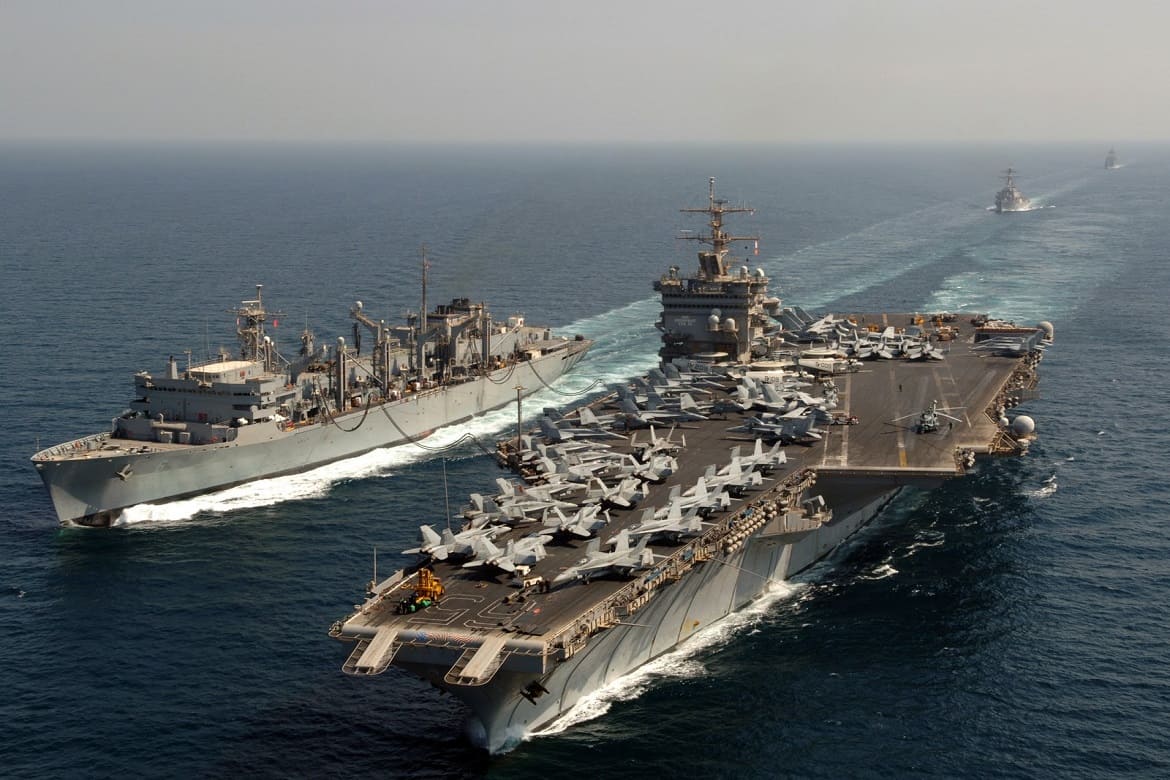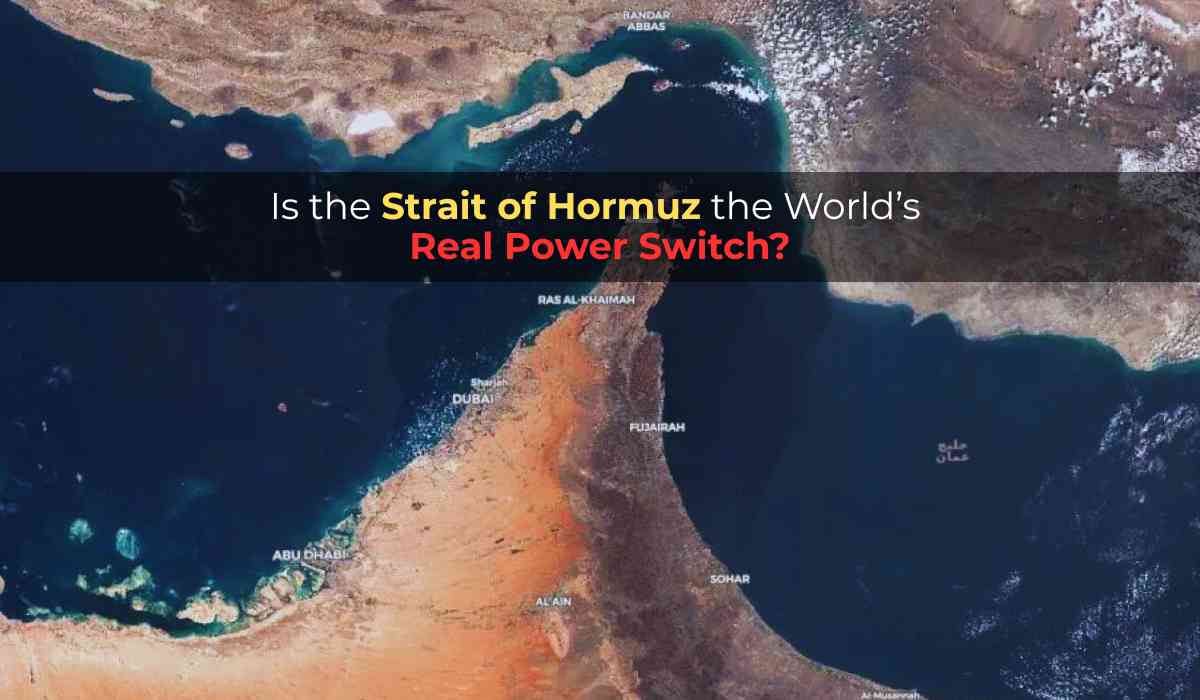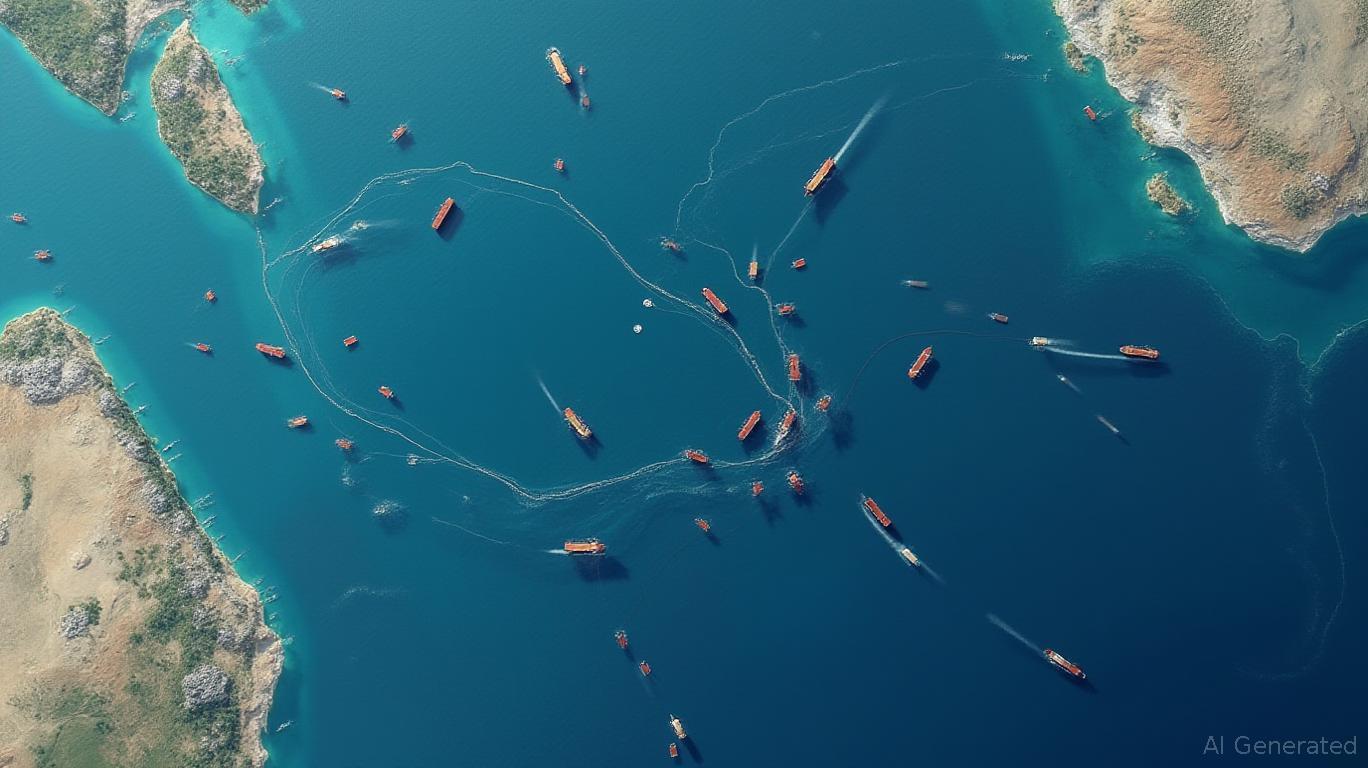The Strait of Hormuz is a narrow strip of water, barely 21 miles wide at its tightest point, but it is one of the most important places on Earth for global trade and energy security. Located between the Persian Gulf and the Gulf of Oman, it acts as a vital gateway for the world’s oil and gas supplies, linking Middle Eastern producers to markets in Asia, Europe, and beyond.

Why Is the Strait of Hormuz So Important?
-
Energy Superhighway: Every day, about 20 million barrels of oil pass through the Strait of Hormuz. That’s roughly 20% of all the oil consumed in the world, making this waterway the most important oil “chokepoint” on the planet.
-
Natural Gas Flows: It’s not just oil—nearly a third of the world’s liquefied natural gas (LNG), mostly from Qatar, also travels through this narrow channel.
-
Global Impact: Countries like China, Japan, India, and South Korea depend heavily on energy imports from the Gulf. Even Europe and North America are affected by what happens here, as global supply chains are tightly connected.

What Makes the Strait a “Chokepoint”?
A chokepoint is a narrow passage where a lot of shipping traffic is forced to pass. If something happens to block or disrupt the Strait of Hormuz—even for a short time—it can cause big problems for the world’s energy supply. Oil prices can shoot up, shipping insurance costs rise, and countries may struggle to get the fuel they need to keep their economies running.
-
Limited Alternatives: While there are some pipelines that can move oil around the strait, like those in Saudi Arabia and the UAE, they can’t handle nearly as much as the tankers that move through Hormuz every day.
-
Shipping Risks: More than 3,000 ships pass through the strait each month. If the strait were blocked, ships would have to take much longer routes, delaying deliveries by weeks and making shipping much more expensive.

Recent Tensions and Risks
The Strait of Hormuz is always in the news because of its strategic importance and the political tensions in the region. In 2024 and the first half of 2025, the world watched closely as tensions rose between Iran and the West, especially after U.S. airstrikes on Iranian facilities. Iran has sometimes threatened to close the strait in response to pressure, which worries countries and companies all over the globe.
-
Market Reactions: Even rumors of a possible closure can make oil prices jump. For example, after recent escalations, Brent crude oil prices rose from $69 to $74 per barrel in just a day. Experts warn that if the strait were closed for even a month, oil prices could temporarily surge past $100 per barrel.
-
Security Measures: Shipping companies, insurers, and navies are now more alert than ever, tracking ships closely and raising “war-risk” insurance premiums as a precaution.

Who Relies on the Strait of Hormuz?
-
Major Exporters: Saudi Arabia, Iran, Iraq, Kuwait, the UAE, and Qatar all use the strait to send oil and gas to the world.
-
Major Importers: Asian economies like China, Japan, India, and South Korea are the biggest buyers, but Europe and the U.S. are also tied to the same global supply chains.
What If the Strait Is Blocked?
If the Strait of Hormuz were closed or even partially blocked:
-
Oil and gas deliveries would be delayed, causing shortages and higher prices worldwide.
-
Shipping costs would rise, and some Gulf ports could become hard to reach or unusable for large ships.
-
Manufacturing and transportation costs could go up everywhere, leading to higher prices for everyday goods.
A Shared Global Interest
The world has a shared interest in keeping the Strait of Hormuz open and safe. Stability here is not just a regional issue—it affects everyone, from families filling up their cars to factories making products for global markets. That’s why countries around the world, including the U.S. and China, pay close attention to what happens in this small but mighty waterway.
Looking Ahead
As the world continues to rely on oil and gas, the Strait of Hormuz will remain a key part of the global economy. While there are efforts to build alternative pipelines and develop renewable energy, for now, the world’s energy “superhighway” runs through this narrow strait. Any disruption here can send shockwaves around the globe, reminding us just how connected—and how vulnerable—our modern world really is.
With inputs from agencies
Image Source: Multiple agencies
© Copyright 2025. All Rights Reserved Powered by Vygr Media.



























